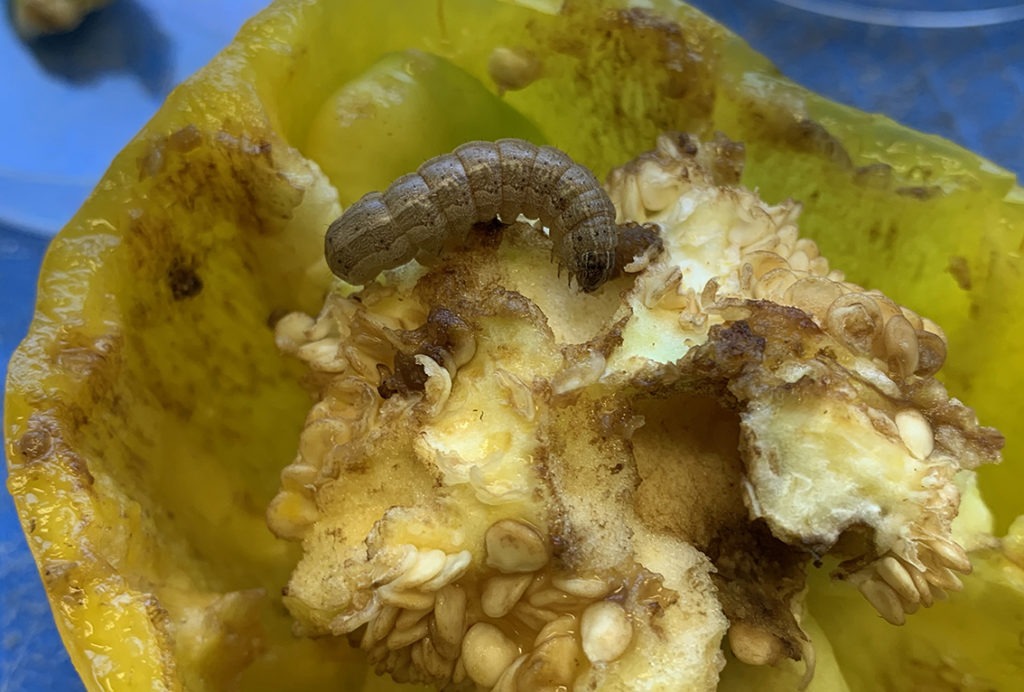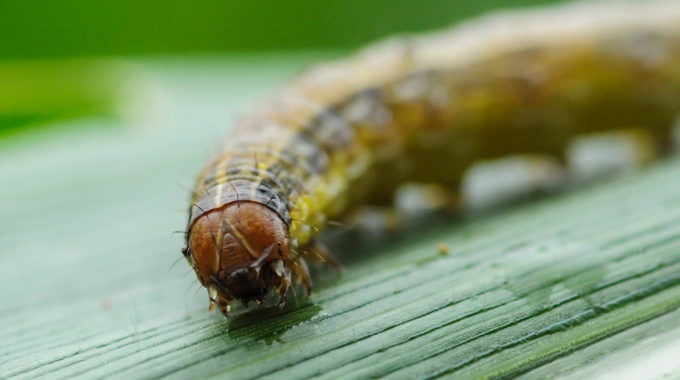Fall armyworm devouring our crops
The nation’s top scientists and biosecurity experts have joined forces with growers around the country in a joint effort to fight one of the nation’s newest and most prolific pests. Fall armyworm larvae can be less than half a centimetre in size, but have an enormous appetite for more than 350 plant species. Since it was first spotted on mainland Australia in January last year, the pest has travelled to every state except South Australia.

A taste for sweetcorn
The nation’s horticulture research and development corporation Hort Innovation is delivering a suite of targeted defence measures against fall armyworm. Research to identify natural predators, deliver rapid diagnostic tools and provide education measures for growers are just some of the projects in the organisation’s armoury.
Hort Innovation General Manager of Research and Development Dr Alison Anderson says the fall armyworm pest has caused significant damage in parts of the country. Some sweetcorn growers have lost their entire crops to the insatiable larvae.
“Fall armyworm moves fast,” Dr Anderson says. “It’s good at developing resistance to insecticides, and it’s ravenous. It completely devours crops.
“The pest was only recently detected in Australia early last year and immediately affected grain crops. We’re working with growers and the nation’s leading researchers to give the horticulture industry the tools it needs to help manage this prolific pest.”

Armyworm on the move
Funded through Hort Innovation, projects are being delivered with the help of researchers led by Queensland’s Department of Agriculture and Fisheries, Agriculture Victoria and the Cotton Research and Development Corporation. This work is already seeing results. One of the research projects has provided early insights into the Bowen area of Queensland.
“We’ve seen that fall armyworm has spread beyond sweetcorn in northern Australia into other horticultural crops,” Dr Anderson says. “We’ve seen between 10 to 30 percent loss of saleable product for some growers there.
“Collaboration with growers has been critical. They have provided access to their properties and have shared information on growing practices and many photos with the researchers. This really helps us understand fall armyworm better.”
Initiatives include an armyworm podcast, the development of a rapid field-based test and identification of potential predators. Programs to fight the pest are also in development.









